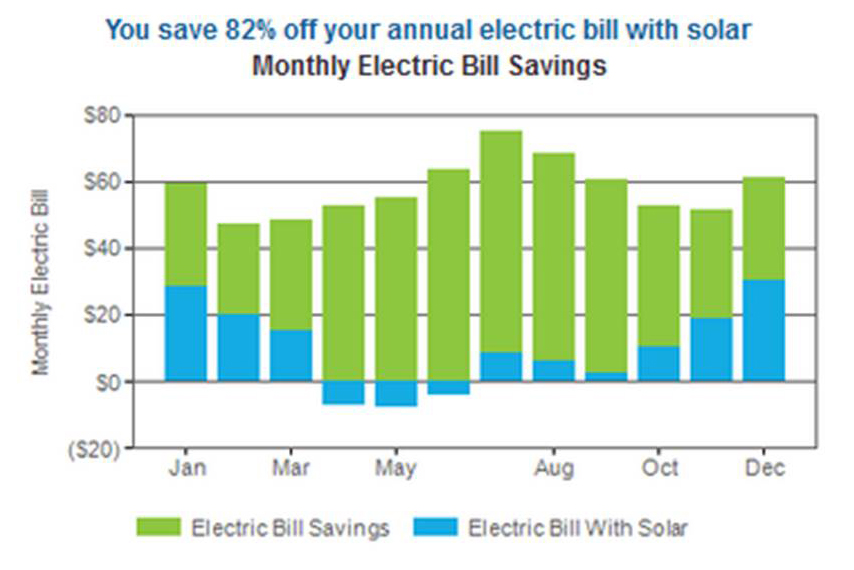 No, electricity from your roof is not actually free; only after you have paid for installing your roof solar system are you getting electricity for nothing.
No, electricity from your roof is not actually free; only after you have paid for installing your roof solar system are you getting electricity for nothing.
The primary cost of solar electricity is the cost of the panels. Their cost has been declining about 10% per year but they are still not cheap. Also there is a DC to AC inverter and the labor of installation to be considered. It is also important to consider the future cost of the electricity that you would be replacing, namely electricity from the grid. In the past, a 3% increase per year has been typical, but future costs are hard to predict, especially as energy from fossil fuel becomes less common. A simple way to approximate what solar power would cost for your situation is to go to PG&E’s online Solar Calculator. You need to enter either your annual kilowatt-hours (kWh) or a typical per-month electricity (not gas!) charge. Let’s illustrate with $50/month. Enter that then move to the next screen, where you’ll choose “zero” for energy efficiency and, under payment, choose “pay cash”. Then click on “calculate” and you will see a screen describing a system that will meet 80% of your electricity needs (it is not worth it to go higher). The most important number is “years to payback”, in this case 13.1 years, corresponding to the point at which your solar electricity really is free. Be aware that the calculation assumes a 3% increase in the cost of grid electricity. Note also that the federal tax credit (30% of the installed system cost) has already been included in the calculation. Now, if you don’t want to plunk down all that cash, go to the right side of the screen, click on “finances” and choose a loan or lease option.
Readers should feel free to contact the author at macd@northwestern.edu with questions.
Also, Berkeley residents can take advantage of the city’s Office of Energy and Sustainable Development, which provides free solar technical assistance through the Smart Solar program, run by Community Energy Services Corporation (phone: 510-981-7750).



